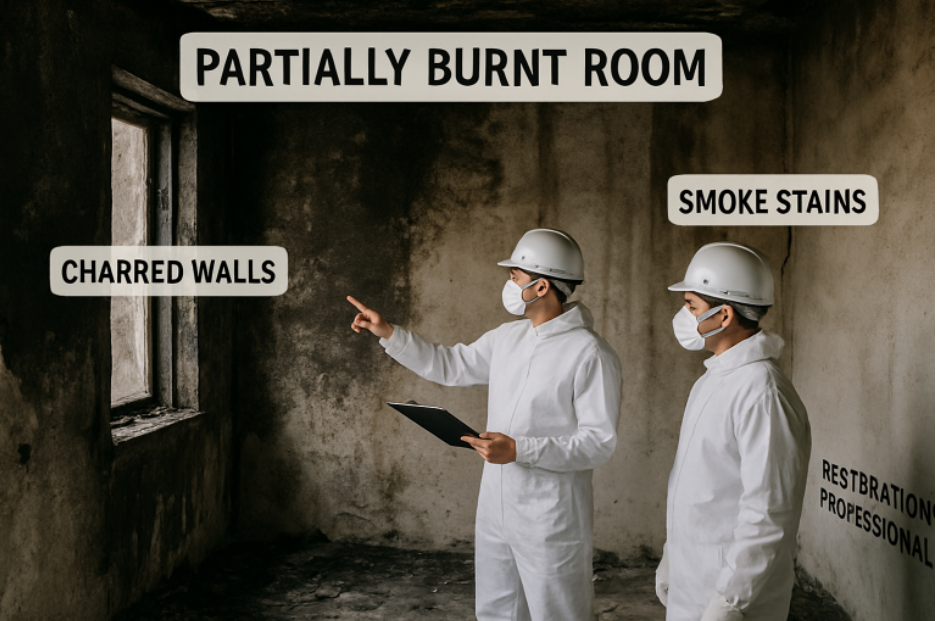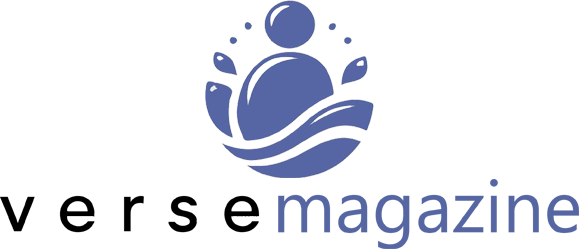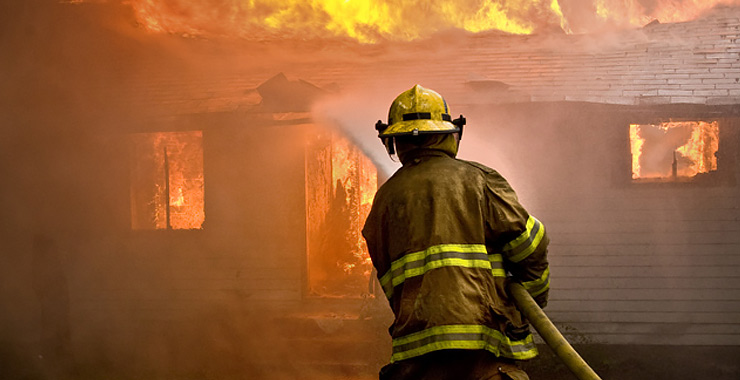Recovering from a fire involves more than cleaning up visible damage—it requires addressing hidden risks like smoke, soot, and structural issues. While minor damage may be manageable, significant destruction often demands expert intervention to ensure safety and proper restoration. Professionals have the tools, training, and protective equipment to handle hazards effectively. Seeking timely help prevents further damage and supports a smoother recovery process, restoring property and peace of mind for affected families.
Recognizing the Immediate Need for Professional Help
Experiencing a fire in your home or business can be a life-altering event marked by stress, uncertainty, and safety concerns. After the flames are extinguished, it’s natural to want to regain control as quickly as possible. However, understanding exactly when to reach out for Fort Mill fire damage restoration services is a critical first step in protecting your health and safeguarding your property from further harm.
The aftermath of fire damage often extends far beyond what’s immediately visible. Not only are there obvious signs, such as charred materials, but hidden dangers, like compromised structural elements and lingering smoke, can threaten the safety and well-being of all occupants. Professional restoration is key to returning your home or business to a safe and functional state.
Attempting a cleanup or structural assessment without the right expertise can result in missed hazards or incomplete restoration. An experienced team will recognize the full scope of damage, from water left behind by firefighters to residues that require specialized cleaning. If you’re unsure about next steps, it’s generally safer to err on caution and call in qualified help. For a comprehensive overview of what to do after a fire incident, consult this detailed smoke and fire damage guide.
Visible Structural Damage
One of the most evident signs that professional fire damage restoration is necessary is visible structural damage. Incidents like blackened support beams, deeply scorched walls, bowed ceilings, or sagging floors indicate compromised safety. Entering an unstable structure can be extremely dangerous—crumbling materials may collapse without warning.
Restoration professionals are trained to identify, document, and remediate structural dangers while upholding rigorous safety protocols. The National Fire Protection Association (NFPA) states structural compromise is a leading risk factor for post-fire injuries. Don’t attempt repairs or inspections yourself if you observe severe damage—let experts perform a complete evaluation and ensure the building is safe for occupancy.
 Persistent Smoke and Soot Residue
Persistent Smoke and Soot Residue
Smoke and soot contamination is often deceptive. Even minor fires can leave residues embedded deep into surfaces, HVAC systems, and furnishings. These residues not only stain but can also release unhealthy particulates into the air long after the fire is out.
Trained restoration crews use advanced equipment, like air scrubbers and industrial-strength cleaners, to remove these contaminants. DIY attempts often prove ineffective and can inadvertently drive contaminants into porous materials. Professional cleaning restores cleanliness and indoor air quality, helping eliminate odors and reduce future health risks.
Water Damage from Firefighting Efforts
Firefighting almost always results in significant water exposure, as large volumes are used to contain and extinguish flames. Left unaddressed, residual moisture can quickly foster mold growth, deteriorate building materials, and increase the risk of secondary damage. In many cases, water damage after a fire creates problems that aren’t apparent until weeks later, but prompt extraction and drying can prevent these issues entirely.
Water removal is a cornerstone of professional fire damage restoration, often involving high-powered pumps, dehumidifiers, and continuous moisture monitoring. Experts ensure that all affected areas are properly dried and restored, stopping mold and minimizing hidden risks.
Electrical and Plumbing Concerns
Visible and hidden fire damage can impact your property’s electrical wiring and plumbing. If you notice issues after a fire—like flickering lights, outlets that no longer work, or problems such as leaky pipes or inconsistent water pressure—call for a professional assessment before restoring power or using water.
According to the Occupational Safety and Health Administration (OSHA), electrical faults are a leading cause of post-fire building hazards, accounting for many secondary fires and shock injuries. Restoration teams partner with licensed electricians and plumbers to evaluate and safely repair damaged systems, helping prevent further incidents during the rebuilding phase.
Health Risks Associated with Fire Damage
Fire sites can harbor unseen threats, including airborne particles, soot, and chemical residues. According to the Centers for Disease Control and Prevention (CDC), exposure to post-fire environments can aggravate respiratory problems and cause eye and skin irritation, especially in children, the elderly, and those with preexisting conditions.
Experts use specialized equipment to filter and clean indoor air, sanitize surfaces, and test for mold and contamination. Their protocols go beyond what standard cleaning can accomplish, ensuring your property is restored and truly safe for occupants.
Insurance and Documentation
Navigating insurance claims after a fire can be daunting. Restoration professionals streamline this process by meticulously documenting all damages, compiling detailed loss reports, and providing expert restoration estimates. Their advocacy ensures that all aspects of loss and repair are properly reported to your insurer, maximizing your chances for a fair settlement.
Engaging professionals early minimizes delays, provides credible documentation, and reduces stress during a challenging time.
Preventing Future Issues
Proper fire damage restoration includes preventative measures, such as identifying fire hazards, ensuring electrical and structural systems are safe, and recommending fire-resistant materials where necessary. Many restoration teams offer guidance on fire safety planning, detection systems, and routine inspections to help safeguard your property long after repairs are complete.
Taking these steps now can give you peace of mind and help you avoid potential disasters in the future.
Conclusion
Knowing when to contact fire damage restoration professionals is a crucial decision that impacts everything from your immediate safety to the long-term habitability of your home or business. Whether you’re facing obvious structural concerns, lingering odors and soot, hidden water damage, or the maze of insurance claims, expert teams provide essential services that ensure thorough, timely recovery. Acting quickly can minimize damage, safeguard your health, and confidently return your property to normal.







